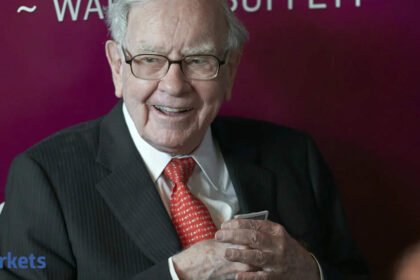“It’s ridiculous to see people comparing options trading volumes in India and the US and claiming that we’re overleveraged,” Kamath wrote. “The comparison itself is flawed. People often look at the number of contracts traded, not the premiums or the actual value involved.”
Kamath argued that India remains significantly less leveraged than the US, even after accounting for the relative maturity of the two markets.
He cited data to underscore his point: the US margin funding market, equivalent to India’s margin trading facility (MTF), recently crossed $1 trillion, while India’s remains under $10 billion.
Similarly, short interest in US equities is estimated at around another $1 trillion, whereas India’s stock lending and borrowing segment is still negligible in size.
“Calling the US a gambling society wouldn’t be unfair,” Kamath said, pointing to bets worth $210 million recently placed on whether Ukrainian President Volodymyr Zelensky would wear a suit at the NATO summit.He added that in the US, speculation spans everything from stock markets and crypto to sports, casinos, and prediction markets.His remarks come amid growing regulatory scrutiny of India’s derivatives market, where options trading volumes have surged, largely driven by retail investors. Market regulators including Sebi have flagged concerns about rising retail participation in high-risk leveraged products, with discussions ongoing around potential safeguards.
Kamath contended that while the number of contracts traded may seem large, the exposure they represent is far lower than perceived. “This constant narrative that we’re somehow dangerously overleveraged, just because of the number of options contracts traded, feels… well, misguided,” he said.
India’s markets, he added, remain a “drop in the ocean” compared to the US in terms of leverage and risk appetite.







